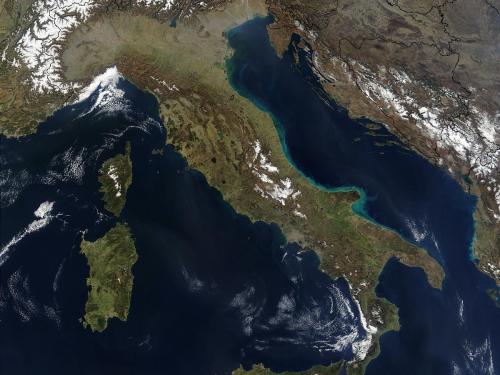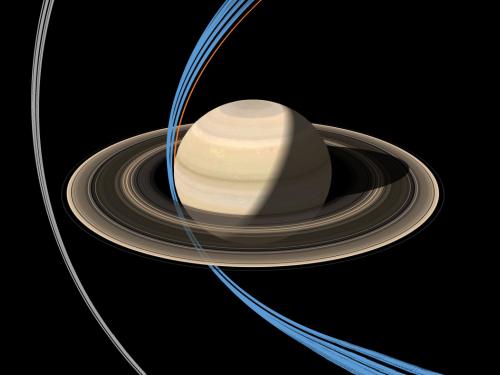
Stories of daring, stories of technological feats, stories of prevailing against the odds ... these are the stories we tell at the National Air and Space Museum. Dive in to the stories below to discover, learn, and be inspired.
Showing 21 - 30 of 39

November 16, 2018
Before you review your #GeographyFromSpace answers below, learn more about how instruments captured these important images.

September 14, 2018
During a major storm, we take satellite tracking for granted. Before 1960 this type of weather observation was not possible.

July 25, 2018
NASA launched TESS, the Transiting Exoplanet Survey Satellite, on April 18, 2018, continuing our search for planets outside of our solar system (aka exoplanets).

January 26, 2018
Sometimes, seeing isn't believing until you take something apart. On the 60th anniversary of the launch of Explorer 1 by the United States, I'm prompted to recall the most valuable lesson I ever learned about what it means to be a curator.

January 08, 2018
NASA Earth Observatory science writer Adam Voiland has searched through thousands of NASA’s satellite images and astronaut photography, looking for the entire alphabet in images taken from space.

December 14, 2017
With its spherical shape and piecemeal construction, it’s easy to see similarities between the Telstar satellite and the infamous Death Star of the Star Wars films. Aside from a passing resemblance in design, both pieces of technology also address a larger question that has been a focal point for humankind in reality and fantasy: what does space mean for humanity?

November 17, 2017
Get a more in-depth look at orbital imagery during National Geography Awareness Week, with the National Air and Space Museum's Geography from Space.

October 03, 2017
Sputnik, the world’s first human-made satellite of the Earth, was launched on October 4, 1957, marking the beginning of the Space Age and the modern world in which we live today.

September 26, 2017
Communication is vitally important to astronauts while they are in space. Explore how experts communicate with the astronauts aboard the International Space Station in this week's STEM in 30.

September 14, 2017
I think it surprises a lot of people that a mission as successful as the Cassini-Huygens Mission would be terminated on purpose. Not just shutting the spacecraft off, but terminated with such style by sending it on a destructive dive into Saturn’s atmosphere. Cassini will burn up and be destroyed in a similar way that a meteorite is broken up in Earth’s atmosphere.